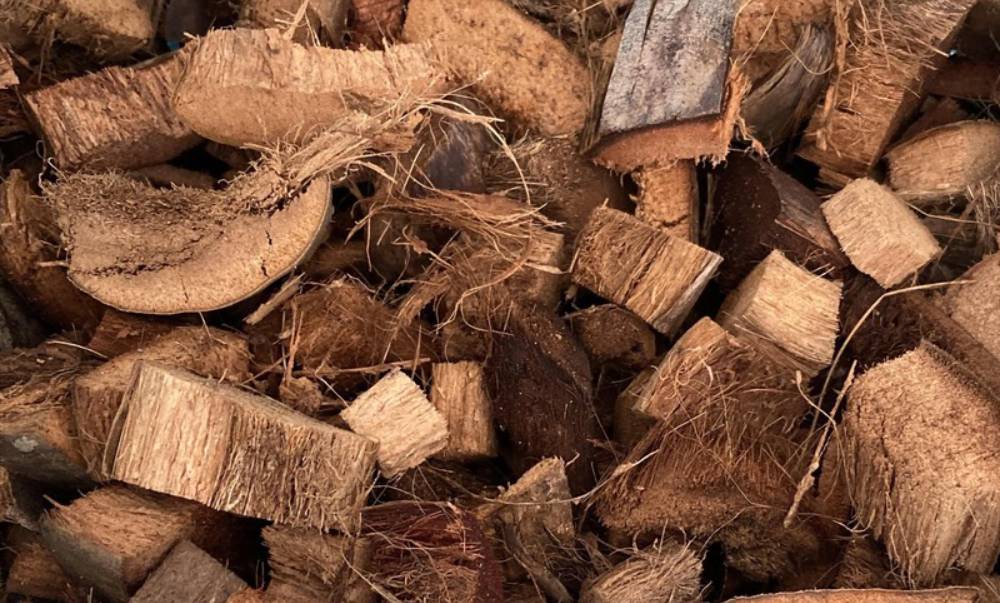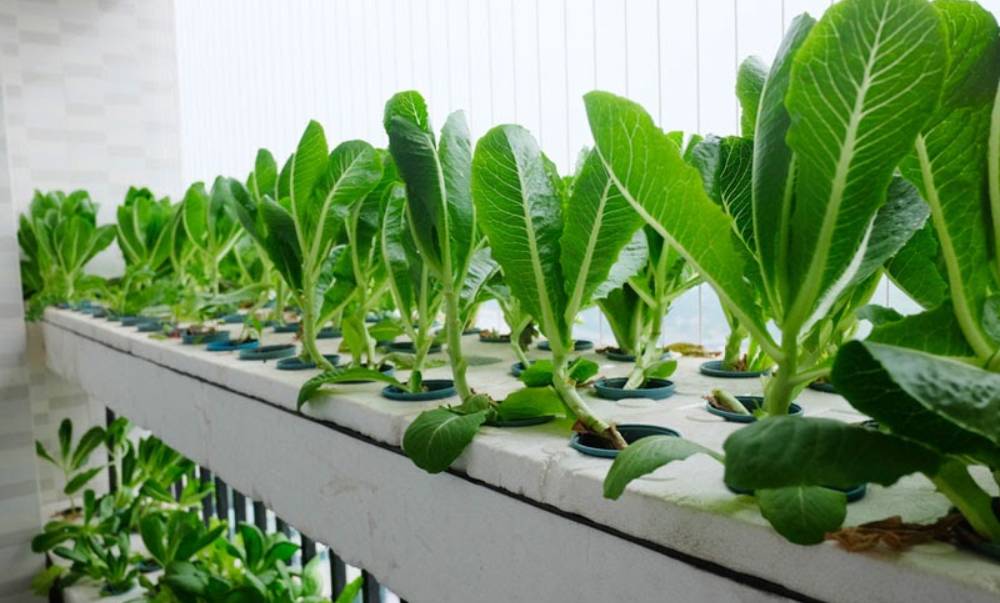Applications of dry coconut shells in daily life at Fasmpo. Find out what benefits dry coconut shells bring value?
Dry coconut shell is not only a discarded part of the coconut but also has many useful applications in daily life. With its durability, ease of processing and natural decomposition ability. Dry coconut shell is increasingly becoming a popular material in many industries from handicrafts to agriculture and hydroponics. So do you know its common applications in daily life? Let's find out the applications with Fasmpo through this article!

What is the use of dry coconut shell?
Dry coconut shell, also known as the hard shell after the coconut has ripened and fallen. It is a valuable raw material with diverse uses in daily life. It is considered a by-product. But if processed well, it can be turned into many useful and valuable products. Besides reducing waste and protecting the environment. It is an important raw material in many industries and crafts.
One of the most common uses is as a construction material. Crushed and mixed with other ingredients to form an environmentally friendly, well-insulated concrete. It is also used as floor coverings and soundproofing in construction works.
With the development of technology and the need to use recycled materials. Dry coconut shell is becoming an important and sustainable resource for many industries. Helps reduce plastic waste and protect the environment.
Applications of dry coconut shells in life
With the strong development of technology and the trend of using natural materials. Dry coconut shells are increasingly becoming a valuable resource that is exploited and applied in many different fields. An effective recycled material that also brings significant benefits to the environment and the economy. Below are some outstanding applications of dry coconut shells in life.

Dried coconut shells for handicrafts
An ideal raw material for handicrafts, especially in traditional craft villages. The durable and easy-to-process properties of coconut shells help artisans create sophisticated and unique products. Some popular handicrafts include:
- Decorative items: decorative lamps, mini flower pots, keychains and statues are very popular because of their durability, high aesthetics and environmental friendliness. These products help beautify the space. Showing the creativity and meticulousness of the craftsman.
- Household products: making household items such as bowls, cups, spoons and glasses. These are safe products, very environmentally friendly. Dried coconut shells replace plastic and wooden materials, helping to save resources and reduce waste.
- Decorative tools: Popular decorative accessories in events such as weddings, festivals... Not only beautiful but also bring closeness to nature, sophistication.

Applications in agriculture
With the ability to decompose naturally, dry coconut shells have been widely used in agriculture. This is a sustainable resource and brings many benefits to the cultivation process. Typical applications include:
- Organic fertilizer: Coconut shells provide essential nutrients for plants without harming the environment. Using fertilizer from coconut shells helps improve soil fertility without using chemicals. Protecting the health of consumers and organisms in the soil.
- Soil improver: Dry coconut shells are an effective soil improver. When crushed, they are mixed into the soil to improve aeration. Help the soil retain moisture longer. Create good conditions for the development of plant roots. Using coconut shells as a soil improver helps increase crop yields and reduce the use of chemical fertilizers.

Using coconut husks in hydroponics
With the strong development of sustainable agricultural methods, dry coconut husks have been discovered as an ideal material in the field of hydroponics - a method of growing plants without using soil. Hydroponics is a method of growing plants in a solution containing nutrients. Helps plants grow without the need for soil.
Coconut husk fibers have a very good ability to retain moisture, helping to maintain humidity throughout the growing process. This is especially important in hydroponics. Because plants need to be provided with enough water and nutrients to grow without being flooded. Coconut husks help balance drainage and moisture retention. Create ideal conditions for plant roots to grow, without waterlogging or lack of oxygen.
- Coconut husk fibers have a natural porosity that creates small spaces between the husk particles. Helps air circulate better and provide oxygen to plant roots.
- Environmentally friendly, cost-effective in hydroponics. Provides a sustainable solution for agriculture. Alternative to artificial or chemical substrates that can be harmful to the environment. Helps to minimize negative impacts on soil and water.
- Water saving in hydroponic systems. Due to its good moisture retention capacity, it does not consume too much water. Provides an effective solution for arid lands. Water shortages or in greenhouse systems. Where optimal use of water is required.

See more: Applications of dry coconut shells in hydroponics
How much is the price of dried coconut shell?
The price of dried coconut shell fluctuates depending on many factors. From product quality, origin to processing process. Normally, the price of dried coconut shell fluctuates from a few thousand to a few tens of thousands of VND per kilogram.
- Coconut shells of good quality, carefully processed will have a higher price than unprocessed ones.
- Dried coconut shells are harvested from high-quality growing areas. Processed at reputable processing facilities often have a higher price. In addition, areas with abundant supply will have a lower price.
- Those that have been processed such as dried and crushed will have a higher price. Because they have gone through the processing stage. Will ensure quality and convenience for consumers.
- Depending on the specific needs of customers, prices may vary. Goods used in the handicraft industry, manufacturing household items or used as organic fertilizer will have different prices.

With a not too high price and diverse application capabilities. Dry coconut shell is currently a popular, accessible material for many different purposes in daily life.
Reference: How much is the current price of coconut fiber
Process of making dry coconut shell
Dry coconut shell is harvested from coconut after the coconut meat and water have been separated. The process of making dry coconut shell begins with sun drying or drying the coconut shell to remove all moisture, helping to increase the shelf life of the product. After being cleaned and the fibrous layers removed, the coconut shell can be used to make many different products.
Discover the products made from dry coconut shell at Fasmpo and experience their outstanding applications in daily life. Start using environmentally friendly products today!

Conclusion
Dried coconut shells are a valuable resource that can be applied in many areas of life. From making household items, decorations to environmentally friendly products. With Fasmpo, creativity and proper exploitation of dried coconut shells not only bring economic value but also contribute to environmental protection.
Contact us:
- Our Factorys : Click here
- Factory's products: Click here
- Free Samples : Click Here
- Product's videos: Click here
FASMPO – the leading exporter in the Vietnamese market
